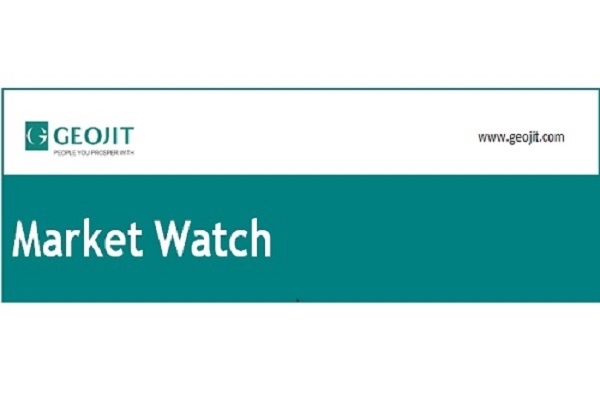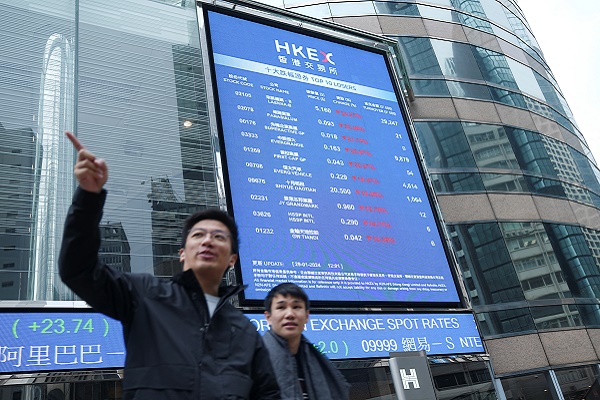Weekly View on Fixed Income Markets by Puneet Pal, Head-Fixed Income, PGIM India Mutual Fund

Below the Quote on Weekly View on Fixed Income Markets by Puneet Pal, Head-Fixed Income, PGIM India Mutual Fund
PGIM India MF View:
The current stance of RBI is to support growth and it has taken a proactive approach towards liquidity management. Bond markets are expecting deeper rate cuts of 50-100 bps over the next two quarters after the change in monetary policy stance to “accommodative” and expectation of inflation coming in 40-50bps below the average forecast of 4% in FY26. Demand supply dynamics remain favourable in the bond markets with RBI conducting OMOs. We expect 50bps rate cut from RBI with only a material slow down in growth below 6% leading to the policy rate falling below 5.50%.
Investors can continue to allocate to Short Term/Corporate Bond Funds having portfolio duration up to 4yrs while being tactical in their allocation to Dynamic Bond Funds. Investors should have an investment horizon of 12-18 months while investing. Money Market yields of up to 1yr are looking attractive from a relative risk-reward scenario and investors can look to allocate in that segment also. We expect the 10yr bond yield to trade in a range of 6.00% to 6.40% over the course of the next one quarter.
Indian Markets:
Yields continued to drift lower during the week as the geopolitical situation stabilised and inflation came in line with market expectations. The benchmark 10yr bond yield ended the week at 6.27%, down 10bps over the week and the new 10yr bond was also down 10bps, ending the week at 6.22%.
CPI Inflation came in line with expectations at 3.16%, which was the lowest since July 2019. The decline in CPI inflation was led by food inflation which slowed to 2.1% YOY and was the weakest food inflation number since Oct 2021. Core inflation picked up to the highest in eighteen months coming in at 4.20% YoY, though it was exaggerated by higher gold prices, though another measure of core inflation, “super-core inflation” ex auto fuel and gold remains below 4% at 3.60%. Some analysts are predicting FY26 inflation to average 40-50bps below RBIs forecast of 4%.
Wholesale Price Index (WPI) inflation also slowed to a 13-month low of 0.85% against market expectations of 1.50%, lower food and fuel prices led the deceleration in WPI, with food inflation coming in at 2.6%, lowest since Nov 2023. The trade deficit for April came in at USD 26.2bn, which was higher than March numbers and were led by a sharp fall in non-oil exports. The services trade surplus remained steady at USD18bn. Exports were at USD 38.50bn (compared to March number of USD 42bn) while imports were at USD 64.90bn. The external balance is expected to remain stable with analyst expected the CAD for FY26 to be at 1% of GDP.
The yield curve remains steep with the longer duration bonds underperforming shorter duration bonds. The spread between the 10yr and the 40yr bond yields has increased to 59bps when compared with the new 10yr bond yield from 45bps at the start of the month. lower inflation and RBI OMOs are leading to lower yields with the market expecting a deeper rate cutting cycle. News reports indicate that RBI’s dividend is likely to be between INR 2.50 trn to INR 3 trn which can boost both market liquidity and the fiscal position of the government. Money Market yields have come down post this expectation of higher RBI dividend as 3 month CD yields are down 10-15, trading around 6.40-6.45%. FPI selling in debt continues in May with USD 830 mn of outflows since the start of the month.
The OIS curve remained stable and yields were marginally lower during the week with both the 1yr and 5yr OIS moving lower by 2 bps each to end the week at 5.62% and 5.64% respectively.
Brent crude edged higher to end the week at 65.41 compared to last week’s closing of 63.91. DXY strengthened to 101.09 from 99.47 at the start of the month. INR was stable ending the week at 85.52.
International Markets:
Globally, bond yields were range bound as the rating agency Moody’s downgraded the sovereign rating of USA. The other two major rating agencies S&P (2011) and Fitch (2023) have had downgraded America’s sovereign much earlier and as such is not likely to lead to any major market reaction though this downgrade aging puts the spotlight on the fragile fiscal position of USA. Moody’s has referred to the likelihood of the fiscal deficit of USA rising from the current 6.4% to 9% by 2035 with a resultant increase in the det to GDP to around 134% by 2035. USA reached a temporary tariff agreement with China and is negotiating with others also.
Above views are of the author and not of the website kindly read disclaimer

.jpg)






.jpg)
.jpg)









